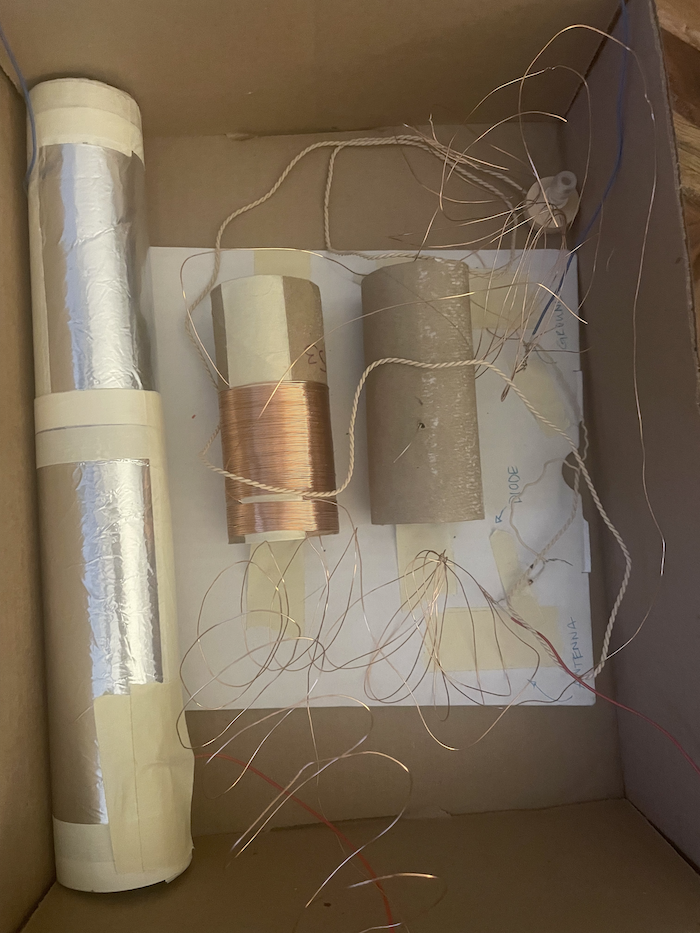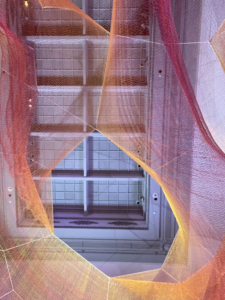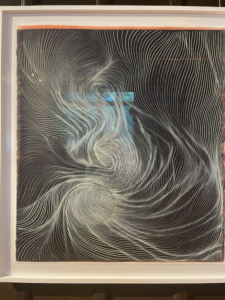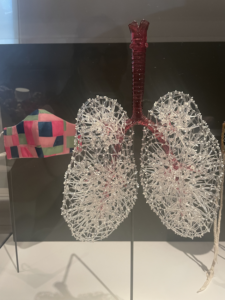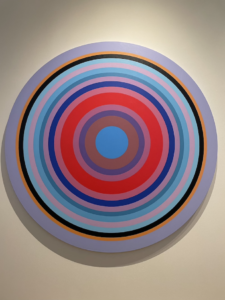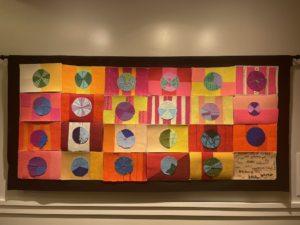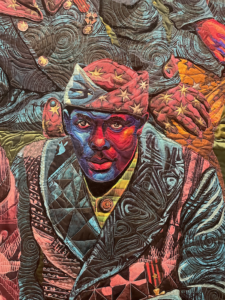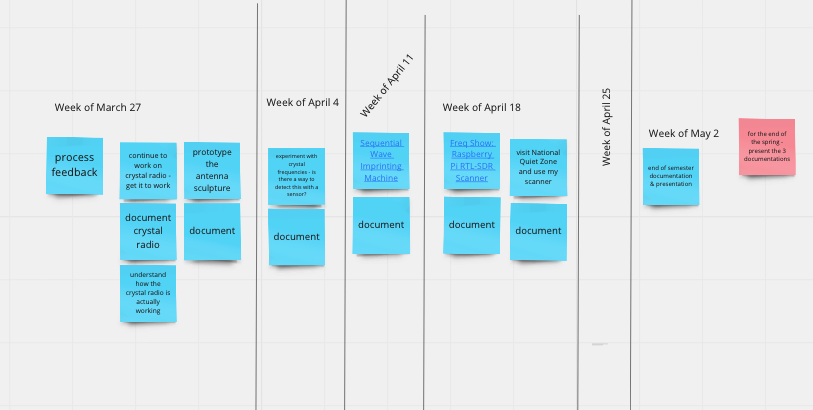Mind map!
https://miro.com/app/board/uXjVMX7xpAA=/
Thesis progress
Showed a rough visual of how the website can look. PROTOTYPE SIDES OF ROUGH WEBSITE VISUAL AESTHETIC The audio wouldn’t play on zoom. Jheanell had the idea to play around with adding a white card behind each quote so it looks like a note card, but keep it the same font instead of a handwritten font because the feedback on current font choice is good. Then between the version where it shows up one at a time or multiple on the page at once, the one at a time was preferred – though it would depend on how they appear and disappear. I think one at a time is what I’m going to go with. I need to add arrow or button of some sort so it’s clear there’s more affirmations you can see after the one you’re currently viewing. Also some sort of “how to write an effective affirmation guide” would be helpful for when people want to add their own affirmation – so there’s some guidance on how to write one and also an opportunity to tie in the research I’ve done. Someone said that the location element is probably the most interesting because seeing how this person from Egypt said this makes the person and their shared quote feel more real.
Also asked Brian on if there’s a general practice if someone I reach out to say they will get back to me but haven’t yet, do I reach back out? The recommendation is that if the person’s response is important to the survey or project, then yes you can, if it’s not, and their response is interchangeable then no need. This was super helpful and clarifying!
Production schedule
Between March 27 – April 3: I want to create an initial design for what the affirmation site could look and feel like, then I want to send out that design to see what people think about it and how it makes them feel.
April 4 – April 16: I want to work on what makes a technically “good” affirmation and look more into why people think of manifesting the same way they think of affirmations because they are very different.
From April 17 – April 24 I want to begin synthesizing the data I’ve collected and maybe make a few mock “pages” or “submissions” to use for my presentation as a proof of concept. I’ll wait to build out the site until summer.
After that I’ll need to start prepping my presentation and finalize all of my research. I also want to start practicing the presentation and make sure that all of the research and the mock up work smoothly together.
3.28 Class Notes
https://first-latency-df1.notion.site/Thesis-Class-3-28-23-cdb4f0ce8364473f9f2005622a6b2d26
[THESIS] a few to-dos before week’s end!!
Hi all,
Hope the rest of your week was nice! I’m writing with a few to-dos to look at before this week’s end!
-
ASAP, fill out this Survey: IMA Low Res Thesis: Final Dates + Check in. It will help me plan the rest of the semester, including WHEN you should present (May 8 or May 9), and is also a general check-in.
-
By Friday: Don’t forget to sign up for the rest of your “Show-A-Thing” spots! Sign-Up Sheet, General info for Show-A-Thing.
-
Remember, you can use the presentation template, but do not present every slide – leave most of the time for showing (not telling), testing an idea, and discussion!
I’ve also been getting some questions about final deliverables (now that you have done/posted the production schedule) for Spring/Summer. The easiest way to refresh your memory on the purpose of this class is to take a look at the class syllabus and project guidelines. But if you’re in a hurry and need a shortcut, just remember that your thesis work is made up of four elements:
-
Process (which involves research, expression of intentions, project planning, prototyping, testing, iterating, integrating feedback, documenting, and presenting)
-
Project (a “making” element, which can be at any scale of your choosing)
-
Archiving/Documentation (along the way, and at the end through the archive)
-
Public Presentation
At this stage, possibly the most helpful thing you can do is watch the public presentations from past years and (gently) ask yourself: what do I need to do to be able to do a presentation and formalized archive entry, by the end of my time at IMA? There are several examples on the project guidelines page, and there are hundreds of them in the archives, which can be found on our Resources page. Click the “watch” button to see the presentation!
Keep in mind, that is just for looking ahead. Your final Spring presentations are not as formal as the Summer ones, but your main objective for the Spring one will be to give enough information (research, documentation of your project as it is, your imagined next steps, and open questions) that you can get feedback on how best to proceed in the Summer.
Last – in class I encouraged you to meet in thematic groups – if you do this and let me know, you can count it as one of your six required peer group meetings. I made this wacky spreadsheet of thematic overlaps I see in your work (pasted below) as a starting point – reach out to a group you want to talk to! – or add your name to a topic you feel like you fit in (these were just my best guesses, not scientific – you can even add a category yourself!)
I hope that all makes sense, and I’m here to answer any questions if you have any!
Warmly,
S
Mentor Meeting with Greg
Had my first meeting with my mentor Greg. It was really helpful to get the perspective of someone who does game design full time and runs a company that designs game. He was able to share a bit of his process and it was very insightful.
I was getting a bit into the rabbit hole of what altruism is/means to different people, and realized it’s actually like a big philosophical debate. In fact, just looking up the definition of altruism I saw different “requirements” as to what altruism actually means, like on a scale. And I talked about this a bit with Sarah and Mimi, where depending what the definition is, it’s not very clear what is considered “selflessness”.
Talking with Greg made me realize (even more) how important it is for me to narrow scope and determine what I actually want to make. I was feeling like I had to “figure out” altruism before I decided my final game, but he encouraged me to figure out what kind of game I wanted to make, and then find ways to create altruism (generosity,kindness,etc) within that. And then even more narrowly, figure out one key mechanic (ie in Mario the main one is jumping). I think the reason I was feeling overwhelmed prototyping is because I hadn’t nailed down the framework of the game, or any mechanics. Therefore there were too many variables on how it would go. Feeling a lot more excited to prototype now.
He also said FOLLOW THE FUN which I love!
2023-03-21: Prototyping documentation
Notes and images from crystal radio prototype: https://miro.com/app/board/uXjVMbNi3kk=/?share_link_id=126136459798